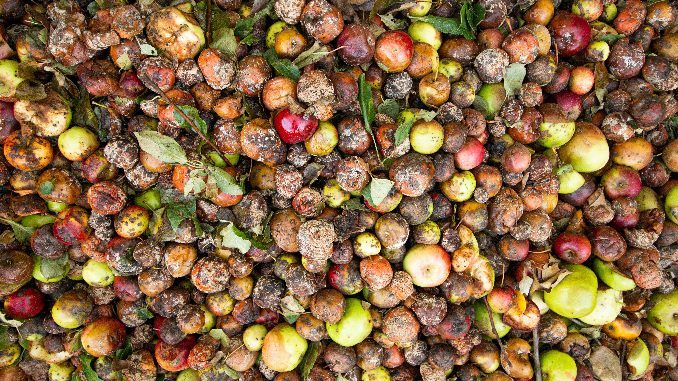The Apps That Can Help Reduce Food Waste
Photo by Marek Studzinski/Unsplash
We as a society are facing countless crises that it feels like we have no individual power to change. Climate change, people with uteruses in the U.S. being stripped of their bodily autonomy, the rise of fascism and global political instability… it can be easy to get overwhelmed and conclude that we are powerless in the face of these massive problems. But that mindset obscures the reality that there are steps we can take right now—however small they may be—to build a better world for ourselves going forward.
One area in which we can affect change relatively simply is in the sphere of food waste. According to the USDA, the U.S. wastes between 30% and 40% of its food supply. Although large corporations and retailers are to blame for much of this waste, a lot of it also happens at the consumer level. And the sweaty, stinky bag of kale shoved in the back of your fridge is proof.
This is especially frustrating at this time when food prices have skyrocketed across the country and portions of the population go hungry on a regular basis. The problem as a whole is not easy to solve, but at an individual level, there are concrete steps we can all take to reduce food waste and save money at the same time. App developers have turned to technology to connect hungry people to those with excess food, and they’ve come up with some pretty solid systems. Let’s take a look at some of the apps helping to reduce food waste.
Too Good to Go
The food waste app I use on a regular basis is called Too Good to Go, and it’s incredibly easy to use. Input your location into the app, and it’ll provide you with a list of restaurants, grocery stores and eateries that have excess food to get rid of. Pay a small fee (usually around $3 or $4), reserve your food and pick up your bag at a designated time. You generally don’t get to choose what you want, but there have been times that I’ve received a lot of food by using this app. I like this method because by paying for these foods that would otherwise be wasted, I’m also helping the business in question. Some of my best finds from this app include a massive bag of croissants and lamb kebabs with salad, both for only $4 each.